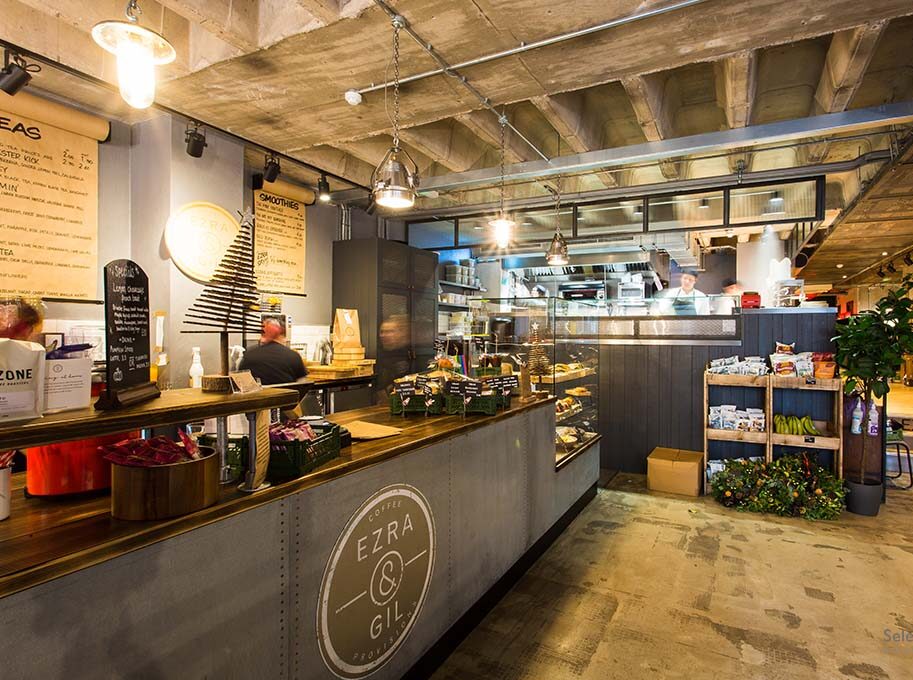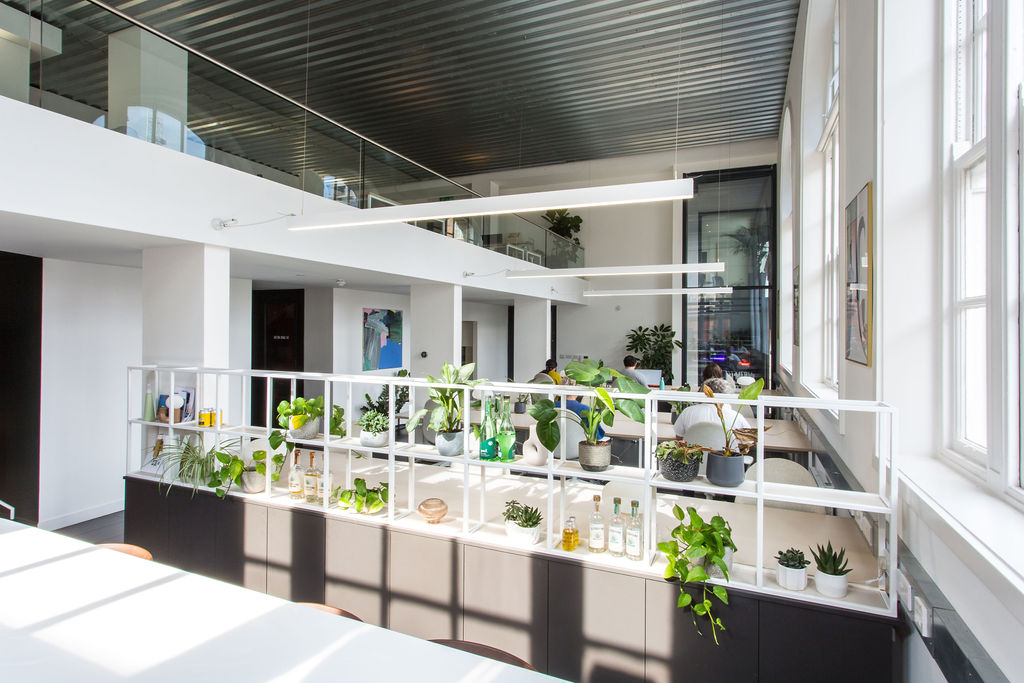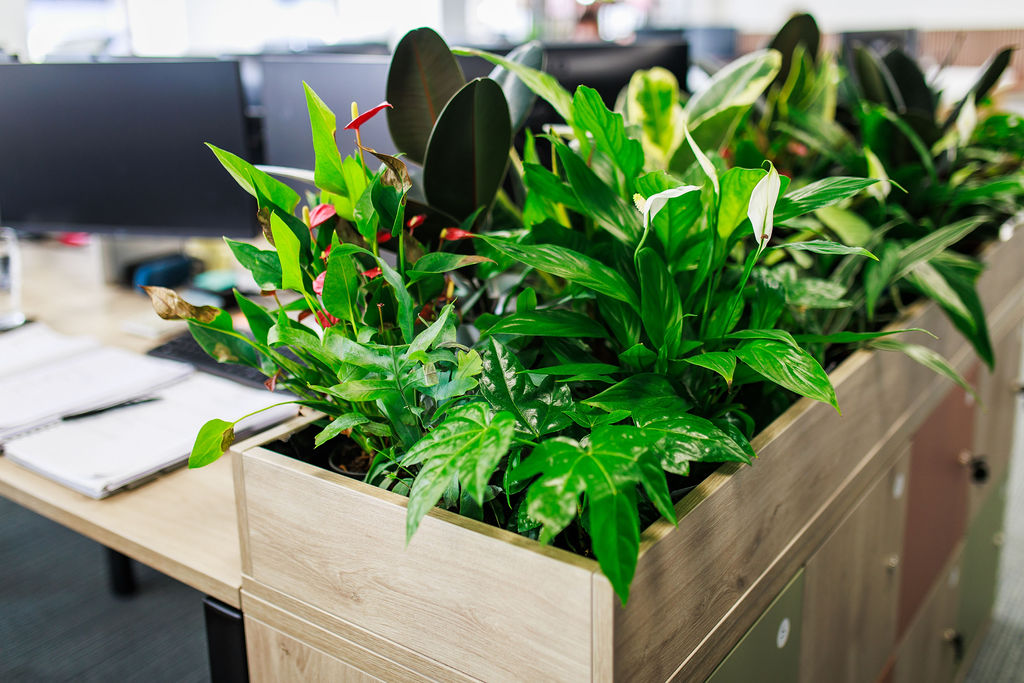Colour is more than just a visual element; it has the power to evoke emotions, influence mood, and even impact productivity. This concept, known as colour psychology, plays a significant role in designing an office space that fosters a positive and stimulating work environment. One of the emerging trends in office design is dopamine designing, which leverages the psychological effects of colour to create spaces that boost happiness, motivation, and efficiency. By understanding the relationship between colour and mood, you can create an office environment that enhances well-being and encourages productivity.
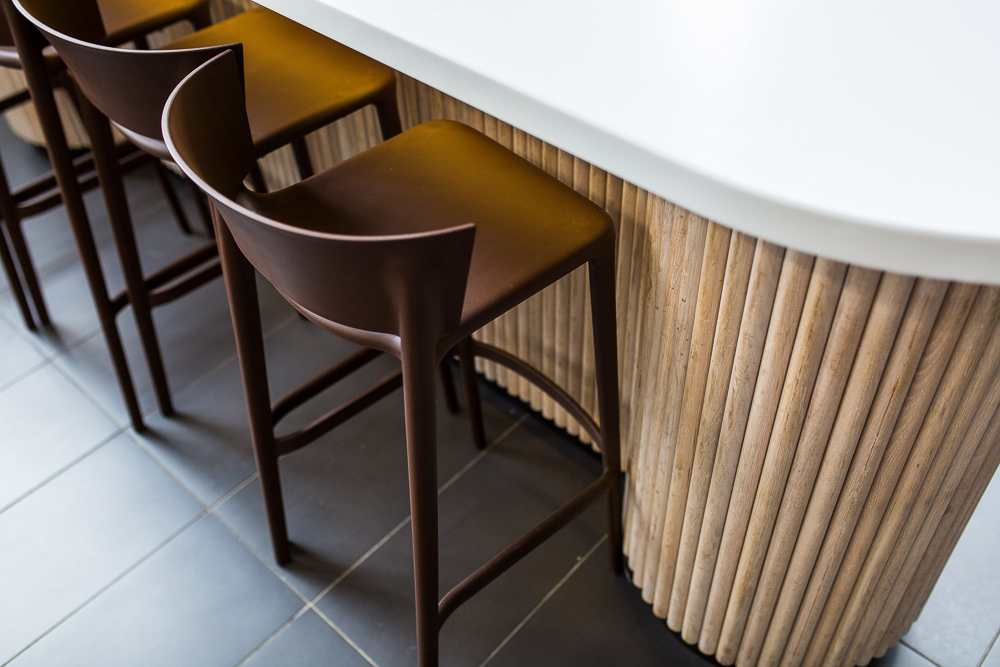
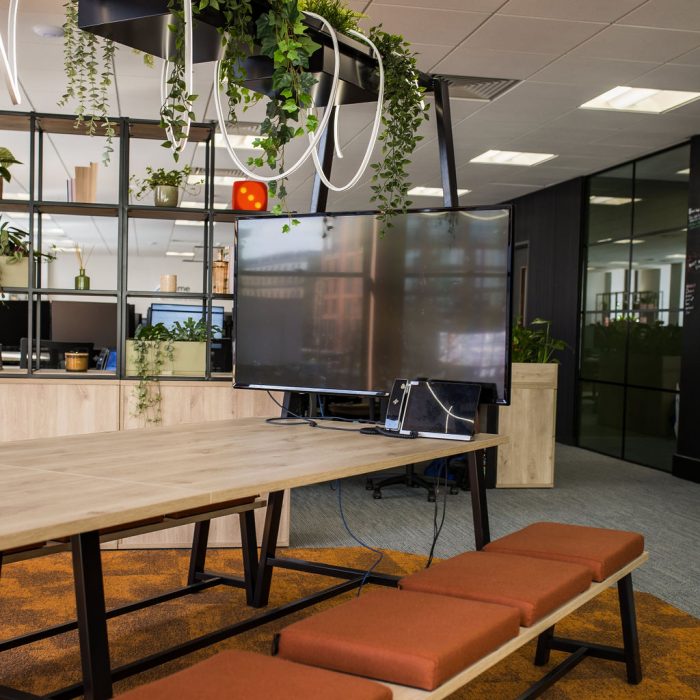
Understanding dopamine and its role in office design
Dopamine is a neurotransmitter in the brain that plays a key role in how we feel pleasure, motivation, and reward. It is sometimes referred to as the “feel-good hormone because it contributes to feelings of happiness and satisfaction. In the context of office design and office space, dopamine design focuses on using colours and elements that can stimulate dopamine production, leading to a more positive and energized workforce. By carefully selecting colours that evoke positive emotions, you can create an environment that enhances mood and productivity.
The Psychology of colour: How colours affect mood and productivity
Different colours have varying effects on our moods and behaviour. Understanding these effects is crucial for creating an office space that aligns with your desired outcomes. Here’s a breakdown of some common colours and their psychological impacts:
Red: Energy and excitement
Red is a stimulating colour that can increase heart rate and create a sense of urgency. It is also associated with excitement, energy, and passion. In an office setting, red can be used to create a lively atmosphere, encourage enthusiasm, and stimulate action. However, it’s best used in moderation, as too much red can be overwhelming and lead to stress.
Blue: Calmness and focus
Blue is known for its calming effects and is often associated with tranquillity and stability. It’s a popular choice for offices because it can enhance concentration and support a focused work environment. Lighter shades of blue are particularly effective in promoting calmness and reducing stress, making them ideal for areas where concentration and mental clarity are needed.
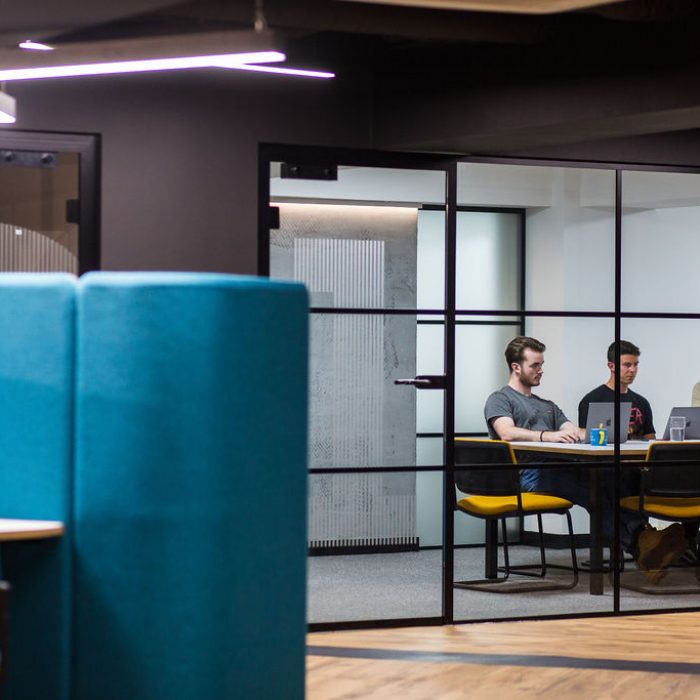
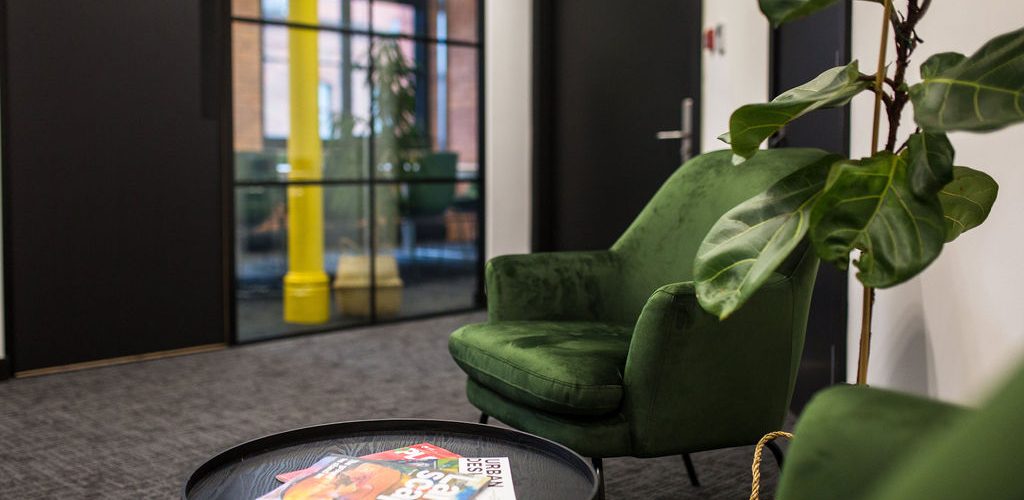
Yellow: Optimism and creativity
Yellow is a bright, cheerful colour often associated with optimism, creativity, and energy. It can stimulate mental activity and is a great choice for areas where brainstorming and creative thinking are encouraged. Yellow can also boost mood and create a sense of happiness, but it should be used carefully, as too much yellow can lead to feelings of frustration or anxiety.
Green: Balance and harmony
Green is a soothing colour that represents nature, balance, and harmony. It’s known for reducing eye strain and creating a sense of calm and relaxation. Green is an excellent choice for offices because it promotes a balanced and refreshing atmosphere, enhancing focus and reducing fatigue.
Orange: Warmth and enthusiasm
Orange is a warm, inviting color that combines the energy of red and the happiness of yellow. It’s often associated with enthusiasm, warmth, and creativity. In an office environment, orange can be used to create a friendly, energetic atmosphere that encourages collaboration and social interaction.
Purple: Luxury and imagination
Purple is often associated with luxury, creativity, and imagination. It can inspire thought and reflection, making it a good choice for spaces where innovative thinking is encouraged. Lighter shades of purple, such as lavender, can create a calming, uplifting environment, while deeper shades like violet add elegance and sophistication.
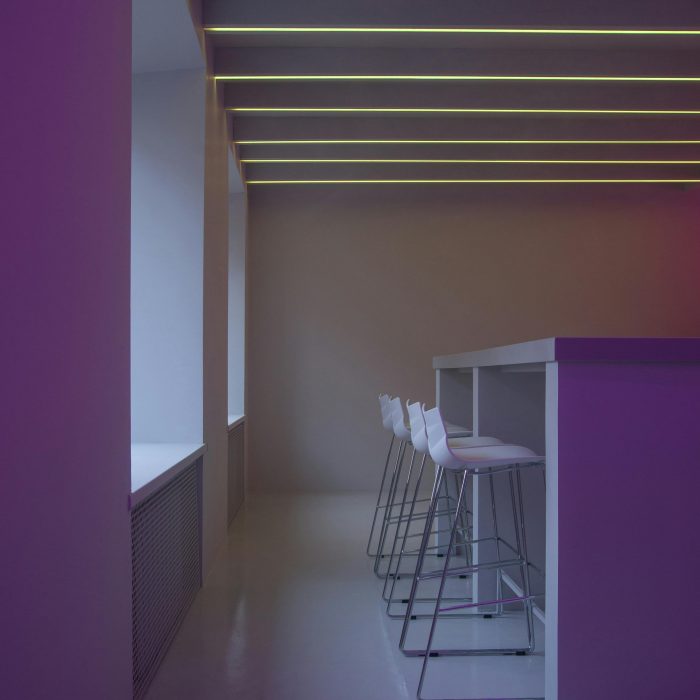
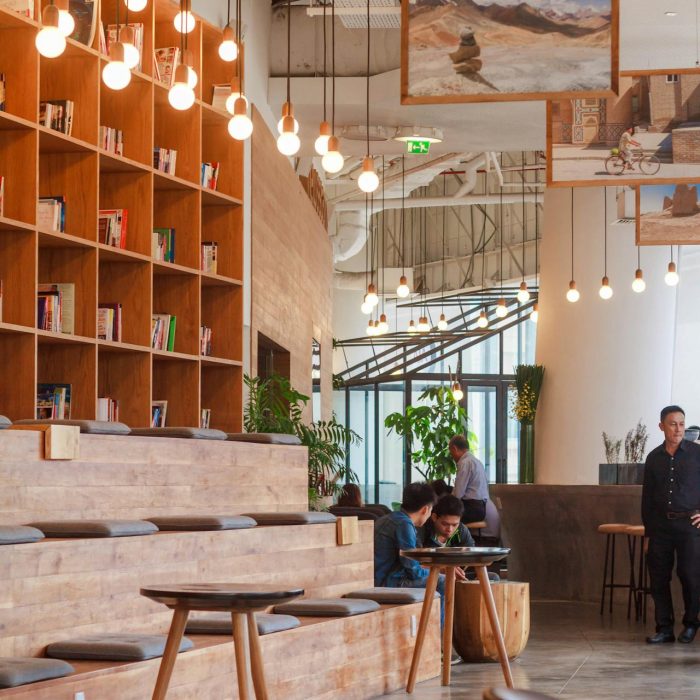
Implementing dopamine designing in your office space
Now that you have a basic understanding of colour psychology, It’s time to think about how to implement dopamine designing in your office space. Here are some practical tips to help you get started:
Identify the purpose of each space
Different areas of the office serve different purposes, and the colours you choose should reflect the function of each office space. For example, use calming blues and greens in areas where focus and concentration are important, like private offices and meeting rooms. In contrast, incorporate energetic reds or oranges in collaborative spaces where creativity and enthusiasm are key.
Create a color palette
Developing a cohesive colour palette is essential for creating a harmonious office environment. Start by choosing a primary colour that aligns with your brand and the mood you want to set. Then, select complementary colours that enhance the primary colour and create balance. Be mindful of how different colors interact and consider using neutral tones to balance out bold, vibrant hues.
Use colour accents to enhance mood
Colour accents are a great way to add visual interest and boost mood without overwhelming the space. Consider adding pops of colour through furniture, artwork, rugs, and accessories. This allows you to incorporate stimulating colours in a more controlled way, ensuring that the overall design remains balanced and cohesive.
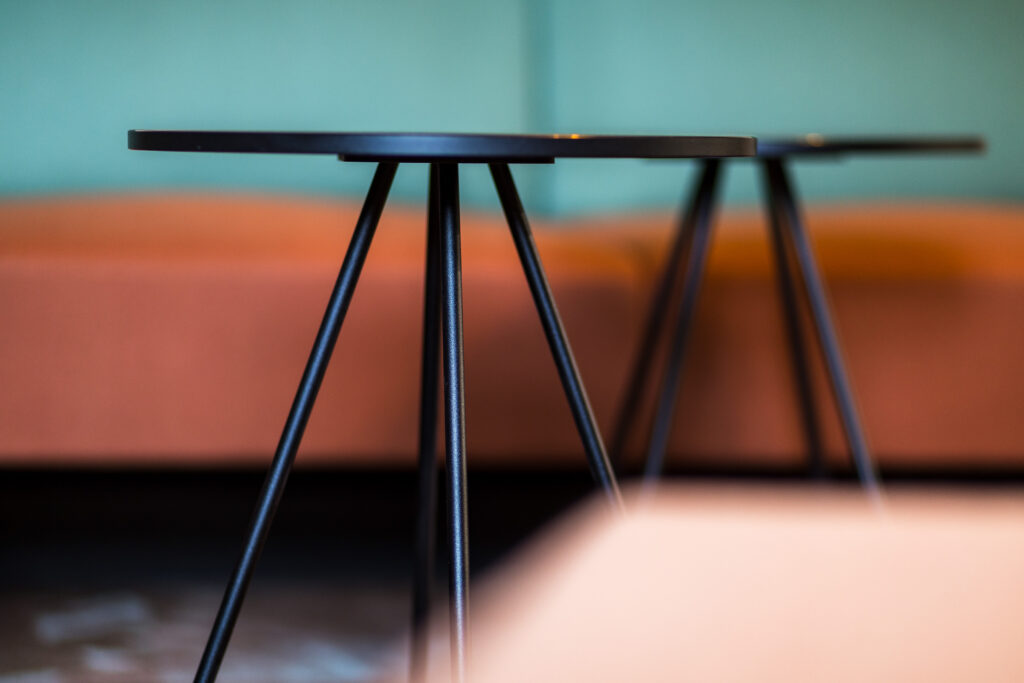
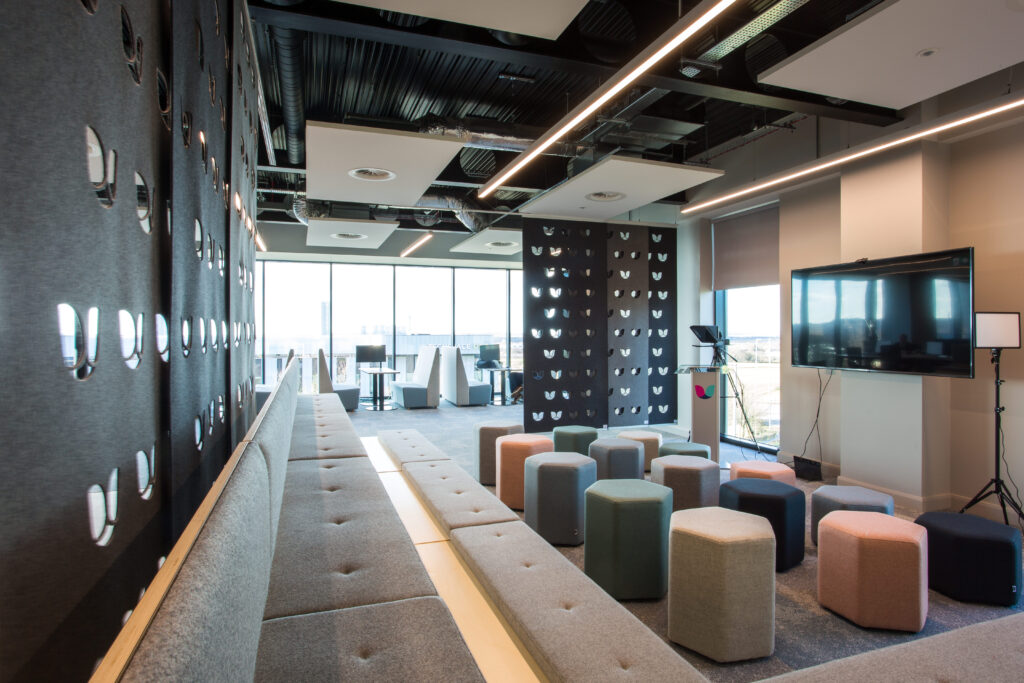
Incorporate natural elements
Integrating natural elements, such as plants and natural light, can enhance the effects of dopamine design. Greenery not only adds a pop of colour but also promotes a sense of well-being and reduces stress. Natural light can make colours appear more vibrant and can also have a positive impact on mood and productivity.
Consider the impact of light on colour
Lighting plays a crucial role in how colours are perceived and can significantly impact the overall atmosphere of a space. Natural light tends to make colours appear more vivid and true, while artificial light can alter the way colours look. When designing your office, consider how different lighting conditions will affect your chosen colours and how they will contribute to the desired mood.
Test before you commit
Before committing to a particular colour scheme, it’s important to test it in your space. Paint a small section of the wall or use colour swatches to see how the colours look in the actual environment. Pay attention to how the colours make you feel and how they interact with other elements in the room. This will help you make informed decisions and ensure that the final design aligns with your vision.
Designing for different personalities and preferences
While colour psychology provides general guidelines for how colours can impact mood, it’s important to remember that colour preferences are subjective and can vary from person to person. Some people may find certain colours invigorating, while others may find them distracting or overwhelming. Consider creating different zones within the office that cater to different preferences, allowing employees to choose the environment that best suits their needs.
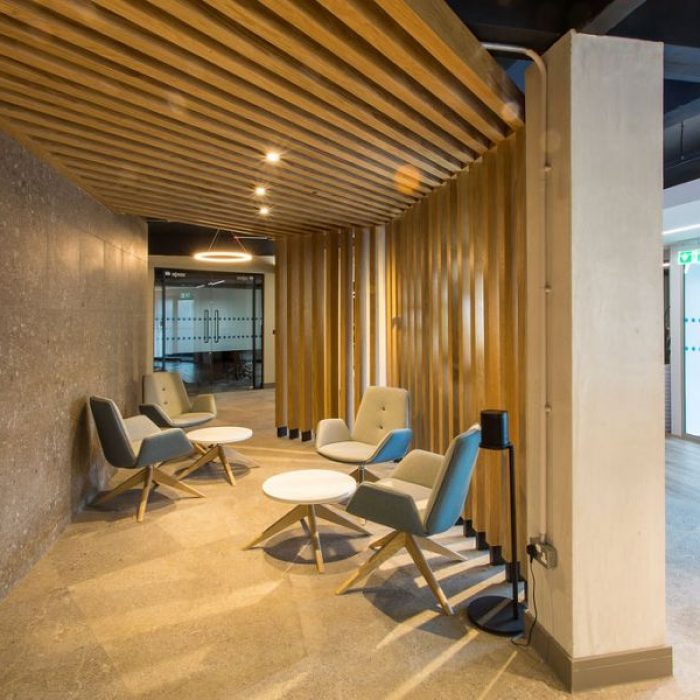
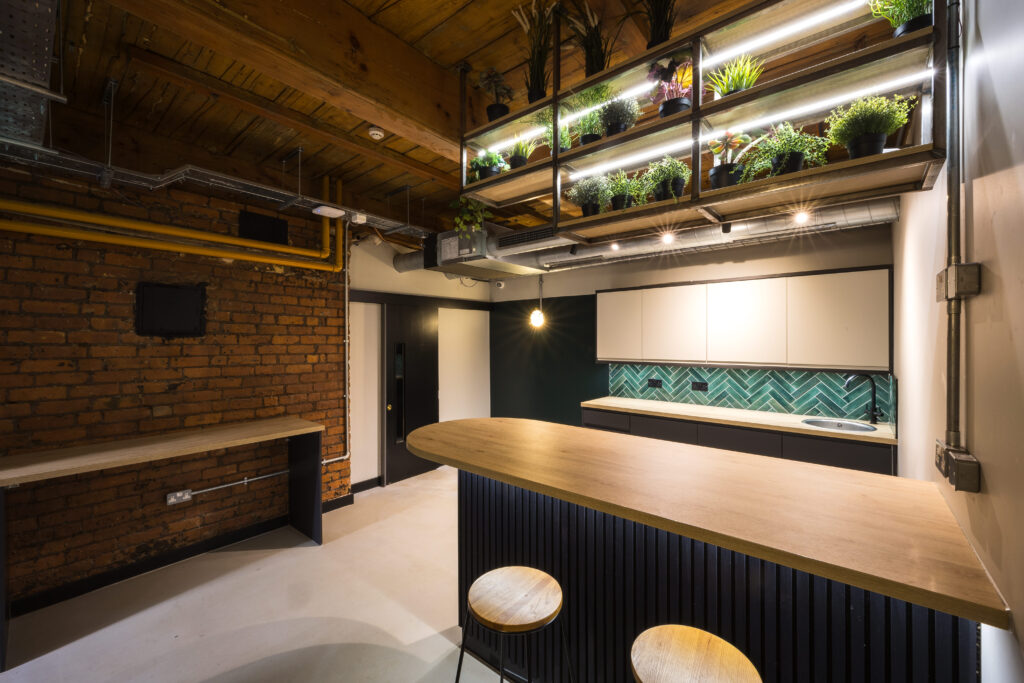
Incorporate flexibility and adaptability
Office design should be flexible and adaptable to accommodate changing needs and preferences. Consider using movable partitions, adjustable lighting, and modular furniture to create a versatile space that can be easily reconfigured. This allows you to experiment with different color schemes and layouts, ensuring that the office remains dynamic and responsive to the needs of your team.
Monitor and adjust as needed
Once your office design is complete, it’s important to monitor how the space is being used and how it affects the mood and productivity of your employees. Gather feedback from your team and make adjustments as needed to ensure that the design continues to meet your business’s needs.
Dopamine designing is an innovative approach to office design that leverages the psychological effects of colour to create a positive and stimulating work environment. Understanding the relationship between colour and mood allows you to create an office space that enhances well-being, boosts productivity, and fosters creativity.
Drop us a line today, and see how we can bring your vision for your office space to life with colour.

